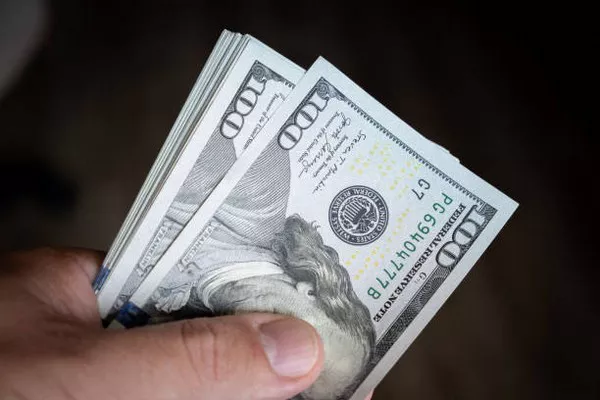In the realm of currency, the two-dollar bill occupies a unique and somewhat mysterious position. Often overlooked in daily transactions, this uncommon denomination has sparked curiosity among collectors and enthusiasts alike. Despite being legal tender, the two-dollar bill is seldom encountered in circulation, leading many to wonder about its value beyond its face value. In this article, we will explore the fascinating world of two-dollar bills, debunk common myths, and shed light on their monetary worth.
Historical Background
The history of the two-dollar bill dates back to the late 18th century. The United States Treasury first issued the denomination in 1862, featuring an image of Alexander Hamilton, the nation’s first Secretary of the Treasury. In the early 1920s, the design was updated, and Thomas Jefferson’s portrait replaced Hamilton’s. Over the years, various series and designs have been introduced, making two-dollar bills a captivating area of study for numismatists.
Misconceptions Surrounding Two-Dollar Bills
Despite being a legal and widely circulated form of currency, two-dollar bills are often surrounded by misconceptions. One common myth suggests that two-dollar bills are no longer produced, leading some to believe they are rare. In reality, the Bureau of Engraving and Printing continues to produce them, and they are readily available through banks.
Another misconception is that two-dollar bills are more valuable than their face value due to scarcity. While they may be less commonly used in daily transactions, the actual rarity of two-dollar bills is a matter of perception. Their perceived scarcity has led some people to believe that they are worth more than two dollars, contributing to the allure surrounding them.
Face Value and Spending Power
The face value of a two-dollar bill is, unsurprisingly, two dollars. This fact may seem straightforward, but the spending power of two-dollar bills can extend beyond their face value. In certain situations, these bills can become collectors’ items, fetching prices higher than their nominal value.
Some collectors are willing to pay a premium for two-dollar bills with unique serial numbers, such as those with repeating digits or sequential patterns. Additionally, bills in pristine condition, free from folds, creases, or other imperfections, may be more attractive to collectors and command higher prices in the numismatic market.
Collectors’ Perspective
The world of numismatics, or the study and collection of currency, plays a significant role in determining the value of two-dollar bills beyond their face value. Some collectors are drawn to the aesthetic appeal of certain series or designs, while others focus on historical significance or rarity.
Two-dollar bills from older series or those featuring unique elements, such as misprints or errors, can be particularly sought after by collectors. The rarity of these bills in circulation may contribute to their perceived value, making them desirable additions to numismatic collections.
Online Marketplaces and Auctions
With the advent of online marketplaces and auctions, the buying and selling of two-dollar bills have become more accessible to collectors worldwide. Platforms like eBay, specialized numismatic websites, and auction houses provide a platform for enthusiasts to exchange these bills and determine their market value.
Collectors often browse these platforms in search of specific series, designs, or conditions to enhance their collections. The willingness of buyers to pay premiums for bills in excellent condition or with unique characteristics contributes to the dynamic market for two-dollar bills.
Cultural Significance
Beyond their monetary value, two-dollar bills hold cultural significance in the United States. Some people view them as symbols of good luck or novelty items, often kept as souvenirs or gifts. Businesses occasionally use two-dollar bills as a marketing strategy, attracting attention and creating memorable experiences for customers.
In some regions, individuals may receive two-dollar bills as change during certain events or as part of promotional campaigns. This circulation method aims to reintroduce these bills into the economy and challenge the perception of their rarity.
See Also How Much Can You Get For A 2 Dollar Bill
Conclusion
In conclusion, the value of a two-dollar bill extends beyond its face value, influenced by factors such as collector interest, historical significance, and market dynamics. While two-dollar bills are legal tender and can be spent like any other denomination, their perceived scarcity and cultural significance contribute to their allure.
Collectors and enthusiasts play a pivotal role in shaping the market for two-dollar bills, driving demand for specific series, designs, and conditions. As with any collectible item, the value of two-dollar bills can vary, making them a captivating subject for those interested in the intersection of currency, history, and numismatics. Whether tucked away in a collection or exchanged in daily transactions, the two-dollar bill continues to captivate minds and spark conversations about the diverse and fascinating world of currency.


